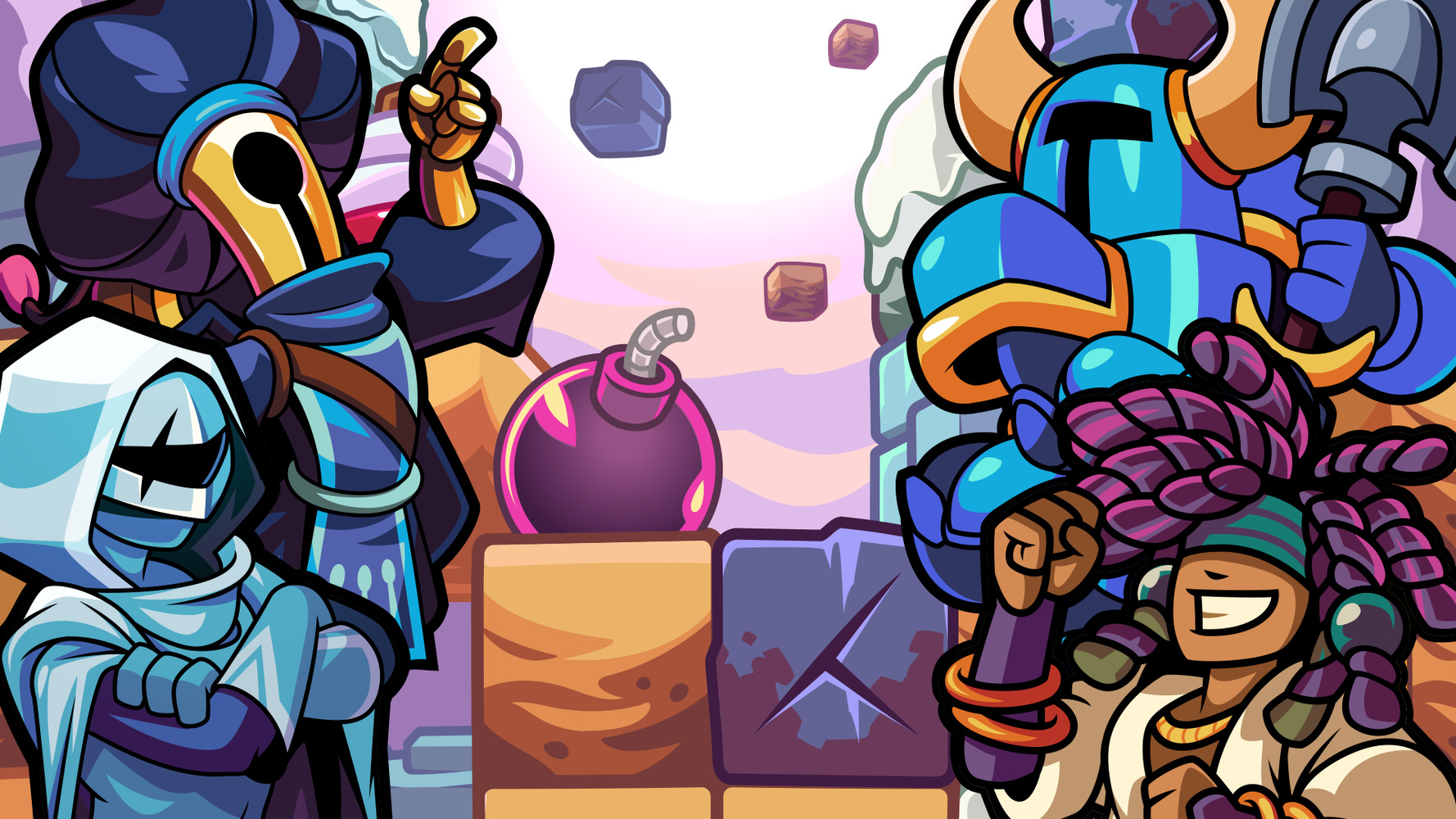
Picking one up heals two HP, so you really have to plan out your moves. Another thing worth mentioning is that, as hitting enemies damages you, you’ll constantly find your health emptying. You can unlock new relics for runs by purchasing them in your home base at the start of Shovel Knight Pocket Dungeon. The other kind of chest takes you into a merchant’s room, where you can buy relics, which grant you upgrades that last for the entire run. They can reduce your damage for a certain number of hits, increase your damage, freeze foes, let you attack in a line, and various others. Regular chests have items with a set number of uses that give you temporary bonuses or abilities. Not only do they open doors, but also chests, which come in two kinds. Keys drop onto the board and you’ll be grabbing them as you go. After you defeat a certain number of enemies, a door will show up, which will allow you to exit. You’ll use this to clear the board out as quickly as you can. For instance, if there are three enemies stacked atop one another, bumping into any one of them will damage all three. All enemies and blocks that are touching each other will share damage. Bumping into an enemy does one damage to them by default, but your character will be damaged back immediately after if the blow wasn’t fatal. Most characters start with five default health points. I found this to be a very pleasant throwback. You attack enemies by bumping into them, a la the early Ys games. Your character takes up one block of space and can move freely about the field. Shovel Knight is the only one who’s initially unlocked, but you’ll get a new character to play as every time you beat one of the game’s bosses. Instead of using a cursor or maneuvering pieces, you directly control your chosen character.

You’ll need to remove things to keep the board from filling up. Shovel Knight Pocket Dungeon drops enemies, blocks, and potions from the top. And I do mean that, as every last square needs to be filled. If you’re not using the default ‘die once and lose method,’ you’ll also be kicked back to the start if the level you’re on completely fills with blocks. Doing the latter two will turn off achievements, though, so that’s good to keep in mind. Not only can you pick how many lives you have, but you can select the game speed, give yourself more health, or even increase your damage. Instead, this game makes use of custom difficulty options. But you can also give yourself a certain number of lives, or just infinite ones. You can either go by stock or puzzle failure when it comes to losing.


Shovel Knight Pocket Dungeon is a rogue-lite, though. Personally, I prefer the random order, which helps spice up playthroughs. Levels can either be played in a specific or random order. The way the game works is that you have to progress through all of the game’s set levels to get to the end. Getting the true ending is quite the challenge on top of the existing game structure, though, and will likely take some figuring out for most players. You can also just beat the default final boss and get the basic ending. There isn’t really much plot beyond the intro and outros, but the game does have a true ending route that adds an extra level and tough additional boss fights. The basic gist of Shovel Knight Pocket Dungeon is that Shovel Knight has been pulled into the titular locale and the Puzzle Knight has asked him to assist with getting everybody out of it. It might not keep everyone busy for a long time, but this is a hectic, inviting time. It’s much of an action game as it is a puzzle game, while also giving players something they’ve never quite seen before. While, yes, it is very much based around block matching, it does this in a completely unique way. But I misunderstood the kind of game this was.

I love Tetris, but I don’t tend to play any other “match the blocks with other blocks” games. I wrote off Shovel Knight Pocket Dungeon a while ago.


 0 kommentar(er)
0 kommentar(er)
